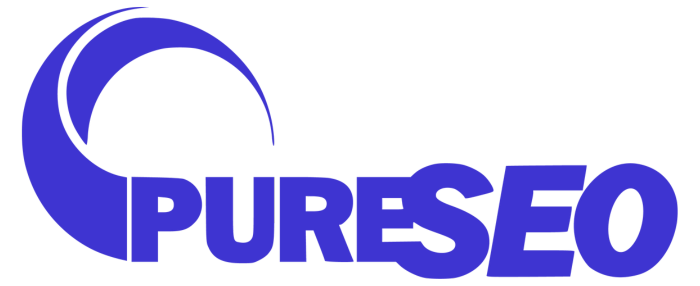
Is something as simple as a sitemap standing between you and SEO super-stardom? We all know that there are several elements to search engine optimisation, and there’s no undervaluing the hard work of generating great content and the technical aspects of SEO can be intimidating, but sitemaps are basic tools that can play a major role in improving your rankings.
Are you confused about what a sitemap is? Not sure how it affects your SEO? Unclear about how you can use it to improve your rankings? Well, fear not! Read on for answers to these questions and more.
What are sitemaps?
Consider your sitemap an itinerary for Google’s voyage through your site. If you’re planning a trip, do you want your travellers to spend 80% of their time checking out convenience stores and public restrooms? Of course not! You want them to spend as much possible time taking in the most impressive destinations possible. Your sitemap works pretty much the same way.
A sitemap is a log of all the URLs within your website, which Google uses to help navigate and index your site. They offer clues to search engines, directing them to pages that best represent your site and helping them to accurately assess and represent your site in search rankings.
Why are sitemaps important for SEO?
Because they are rife with relevant keywords, sitemaps send encouraging signals to search engines that they will find quality content. This can be particularly helpful to your website if you regularly change or generate new content, if you have an expansive website architecture with hundreds or even thousands of pages, or if you struggle with orphan pages or a weak link profile.
Sitemaps can also tell search engines how often pages are updated, which pages are most important, and how to index content in a way that aligns with your site’s purpose and UX.
In addition, sitemaps are also one of the best ways to produce an immediate change in your SERPs. This is because sitemaps can be submitted to Google, ensuring that the most current version of the site is visible in search rankings.
How can I make the perfect sitemap?
Make sure your sitemap is consistent with the rest of your site, particularly your robots.txt files. Your sitemap shouldn’t be directing search engines to pages listed as “noindex” or “nofollow“.
A sitemap should direct search engines to your preferred landing pages. If you have a site with many URLs, use your sitemap to separate the content-rich, ideal landing pages from utility pages that might be necessary for user experience but are otherwise limited in content or keywords. Encouraging search engines toward content-heavy landing pages and away from bare-boned utility pages ensures that search engines penalize your site for thin content or bad UX.
Give search engines a sitemap to your site’s treasure
Sitemaps aren’t authoritative and act as little more than a clue for search engines to follow, but they are a simple and necessary step for you to maximise your SEO potential. To learn more about sitemapping and how it can benefit your SEO, contact us at Pure SEO today, and don’t forget to visit the Pure SEO Blog for more valuable insights into the world of SEO.

















